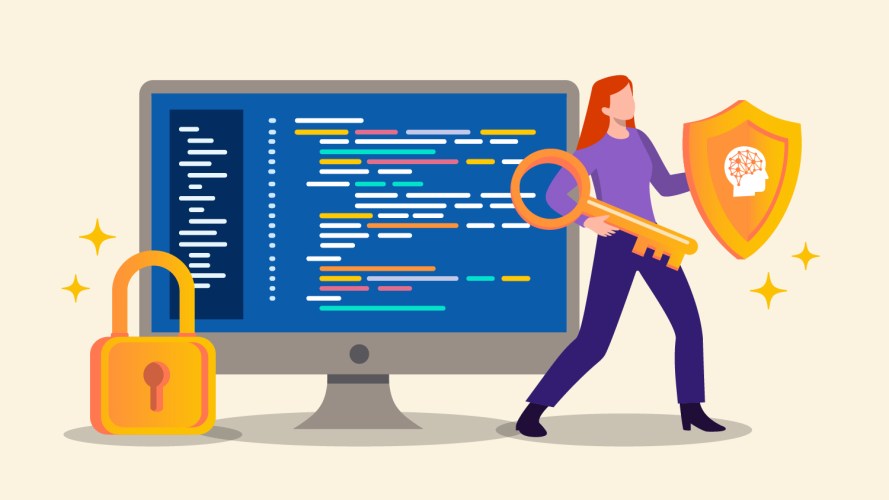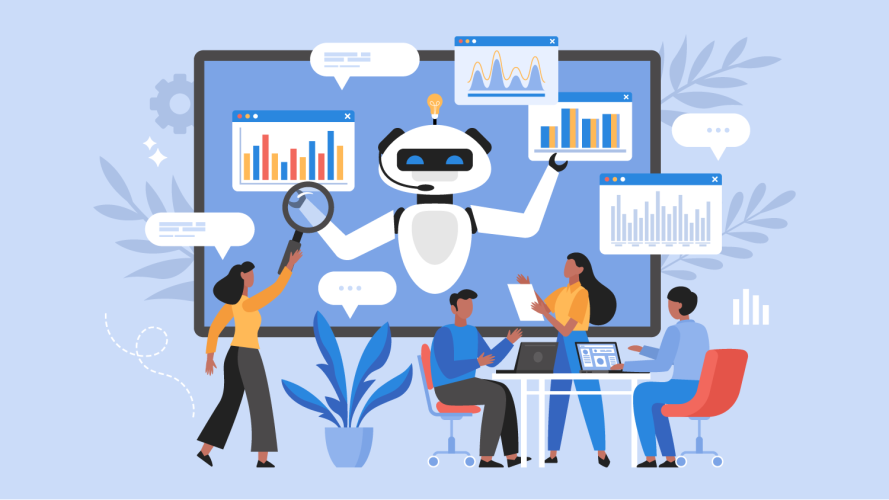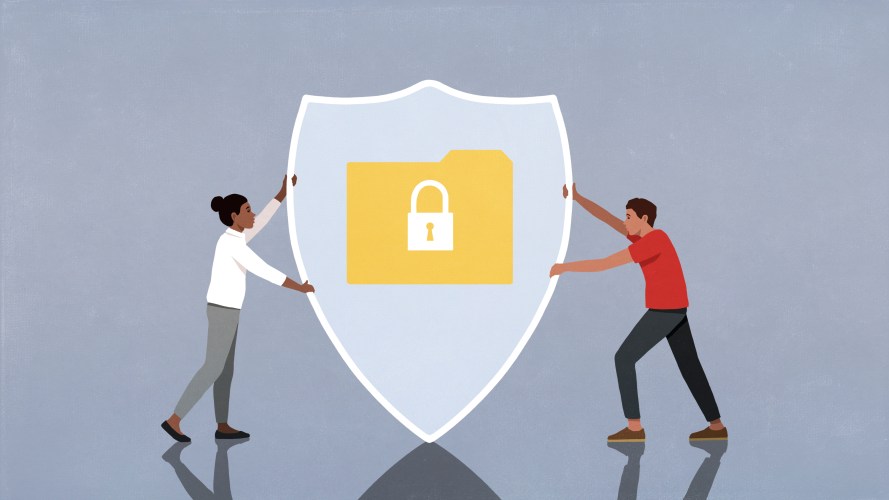What Is Customer Centricity Really About? At Salesforce World Tour, e.l.f Cosmetics Provides Answers



At our recent World Tour in New York City, attendees gathered to hear how AI and customer-facing technologies on one integrated CRM platform gives teams a 360-degree view of their customers.

Lisa Lee
A recent article by Blake Morgan, author of the book “The Customer Of The Future,” noted that 2020 will be a turning point for customer experience. As we enter a new decade, she wrote, customer experience will be positioned as a competitive advantage and something most companies will prioritize. In fact, it’s never been more important to deliver a consistent, seamless experience, and to find innovative ways to meet customer’s needs.
The “how” was on display recently at our World Tour in New York City, where attendees gathered to hear how artificial intelligence and customer-facing technologies on one integrated CRM platform gives teams a 360-degree view of their customers — what we call Salesforce Customer 360.
Putting the customer first is not a new idea. However, the same technologies that are changing customer behavior — mobile, social media, the cloud, voice, and AI — are enabling businesses to deliver the kind of personalized experiences that customers expect.
As demonstrated by leading brands at World Tour, the most successful customer engagement strategies result not only in increased revenue but improvements in customer satisfaction, loyalty, and advocacy. Here’s an example:
e.l.f. Cosmetics
One of the fastest-growing beauty brands in the U.S., e.l.f. wanted to personalize and unify the customer journey across marketing, sales, and service. Here’s one example of how that plays out step-by-step for a customer:
- A shopper discovers the brand through an Instagram influencer and signs up for its Beauty Squad loyalty program.
- Then, Marketing Cloud delivers personalized emails and offers, which drive her to mobile and the e.l.f. site powered by Commerce Cloud.
- Using voice search powered by AI, the site returns exactly the product she was looking for, along with additional personalized recommendations.
- If she has a question about how to use one of the products, AI helps to answer via e.l.f.’s Beauty Bot, powered by Service Cloud Einstein. The bot explains that the product was recommended to her because she shares the same facial attributes as other loyalists (amazing considering that most bots only offer generic content) and it also surfaces a knowledge video to show her how to use it.
All of this capability is integrated on one CRM platform, which means all of e.l.f.’s customer data is consolidated into a single, shared customer view. The result is a completely connected and satisfying experience for the customer, from discovery and education about the product, to purchase, service, and advocacy.
Check out this interview with e.l.f. Cosmetics’ Vice President of IT Ekta Chopra for a deeper dive on how the company is changing the game in beauty.
Intelligence is at the core of everything
AI is what’s driving these intelligent, connected, seamless experiences, and it’s baked into the entire Customer 360 platform. But a lot of buzz at World Tour centered around the next level of AI-driven engagement: Einstein Voice.
It’s a new way to engage with Salesforce, a guided assistant that lets users get briefings, open dashboards, and make updates all by speaking naturally to their mobile phone, Google, or Amazon smart speaker. It’s customizable — users can highlight the actions they care most about — and it’s intelligent, which means it automatically relates notes to associated records like opportunities, accounts, and contacts.
Einstein Voice also provides a seamless way to interact with insights from Einstein. For example, you can build a voice app that allows users to inquire about an account’s risk of churn, and if the chances are high, it will recommend actions based on logged activity. Einstein knows it’s been 12 weeks since you interacted with that client and recommends a check-in. The recommended actions change based on the customer lifecycle.
A culture of customer-centricity is critical
In the opening keynote for World Tour New York City (the kick-off for a year-long series taking the best of Dreamforce on the road), Salesforce Co-Founder Parker Harris spoke of the customer revolution and the role that technology plays. He also reminded the audience about the importance of standing in your customers’ shoes — the same point driven home in this fascinating article by Gartner’s Vice President of Customer Experience Augie Ray.
He wrote, “It’s easy to recognize that our primary business KPIs (revenue, margin, share price) are largely disconnected from customer-centric aims such as customer satisfaction, loyalty, and advocacy. Our corporate and marketing vernacular too often obscures the customer and what he or she wants and expects. It alters our perspective, encouraging us to consider the value we wish to extract from customers, not what our customers desire and need from us.”
There’s no question transforming culture is core to this shift despite being enormously challenging. Thankfully, the tools to help organizations communicate with, sell to, and serve customers more effectively than ever are finally within reach.
To catch more of the conversation from World Tour New York City, follow the hashtag #SalesforceTour on Twitter or Instagram.























